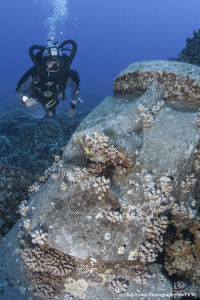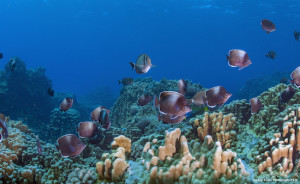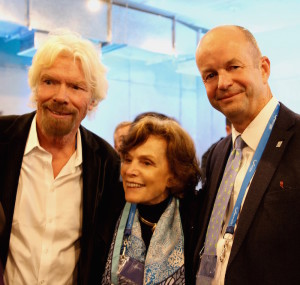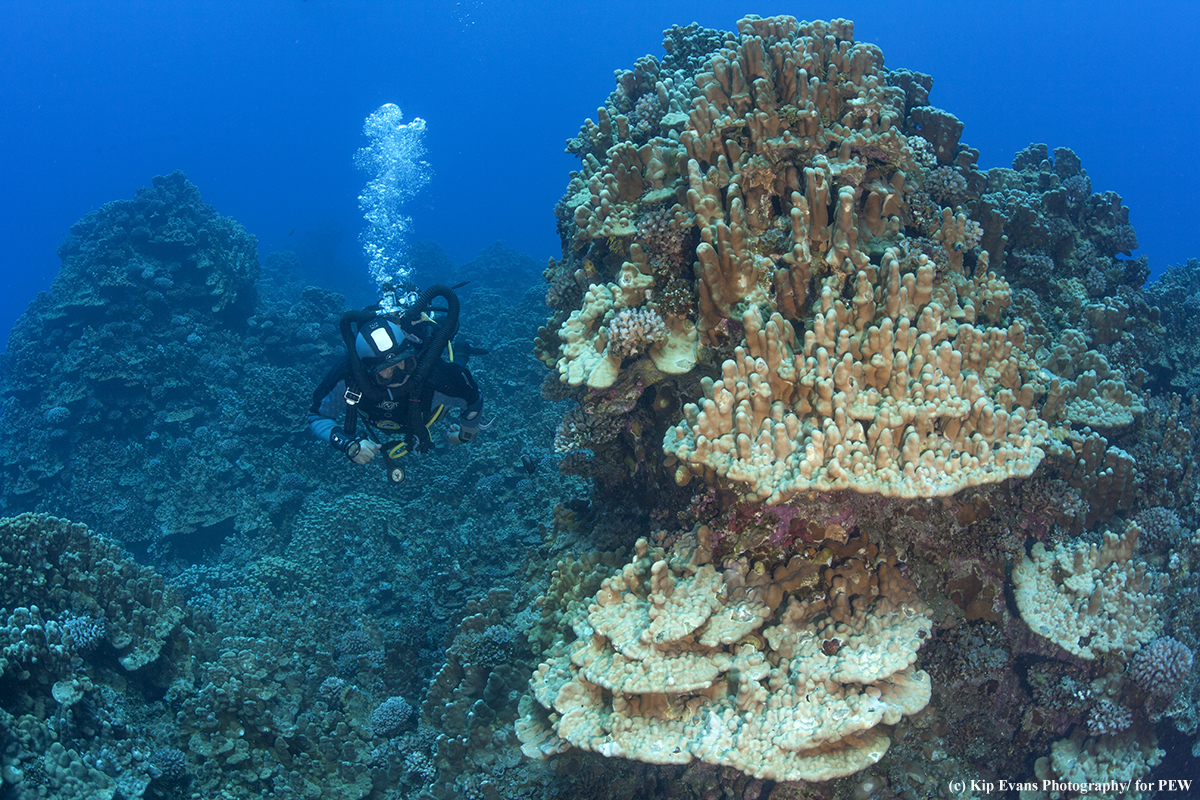Marine Protection in the Spotlight at Our Ocean Conference
October 7, 2015
By Courtney Mattison Hope was in the air during this week’s Our Ocean Conference in Valparaiso, Chile, where over 400 government leaders, researchers and ocean conservation advocates gathered for two days to make and support commitments to protect marine biodiversity. Seeking solutions to illegal fishing, marine plastic pollution, ocean acidification and climate change, Our Ocean 2015 focused on encouraging the use of marine protected areas (MPAs) as a tool to regulate harmful human activities that threaten ocean health.

Chilean President Michelle Bachelet led the way in announcing the establishment of the Nazca-Desventuradas marine park—which will cover a surface area of more than 297,000 square kilometers (over 114,000 square miles) surrounding the San Ambrosio and San Felix islands—and a commitment to create a second marine protected area encompassing over 600,000 square kilometers around Easter Island. These two areas combined would protect approximately one million square kilometers of ocean, “becoming the largest marine protected area in the world,” according to President Bachelet at the conference. She continued, “This is Chile’s contribution to our oceans, and to the sustainable development of the planet.” These vast expanses of Chilean territory include the Salas y Gómez and Nazca ridges—areas identified by Mission Blue founder Dr. Sylvia Earle as a “Hope Spot”—a special place critical to the health of the ocean. A biodiversity hotspot with one of the largest known communities of endemic species (found nowhere else on Earth), this region in the South Pacific features exceptionally high coral cover as well as numerous seamounts (underwater mountains) and Chile’s only hydrothermal vents, many of which have not yet been explored. Protecting these unique and mysterious ecosystems is imperative to sustaining their numerous important fish species, including tuna, sharks, marlins, and swordfish that spawn in these waters. “This new marine park not only will protect the biodiversity [inside it], but will act like a savings account for the areas around it,” replenishing surrounding fish stocks, said Enric Sala—a marine ecologist and National Geographic explorer-in-residence.

Dr. Sylvia Earle has traveled to Easter Island far off the coast of Chile to advocate for the protection of its waters numerous times. She and Jane Lubchenco, a U.S. State Department international science envoy and former NOAA administrator, accompanied a group of Rapa Nui to meet with President Bachelet in January. This summer, Dr. Earle visited with PEW Charitable Trusts to speak with local leaders and government officials in support of the Rapa Nui people’s proposal for the fully-protected marine park now being negotiated. While on the island Dr. Earle also participated in a discussion with members of the Rapa Nui Ocean Roundtable, called Te Mau o Te Vaikava o Rapa Nui, regarding their proposed marine park that will include both a fully protected area and a space in which their ancient practice of tapu, or sustainable fisheries management, would be allowed.

Upon hearing Monday’s announcement that the government would move forward with the marine park, Easter Island Mayor Pedro Edmunds Paoa said, “The ocean is the basis of our culture and our livelihood. The Rapa Nui community is immensely proud of this marine park, which will protect our waters for generations to come.” President Barack Obama also announced two new national marine sanctuaries: One in Maryland and the other in Lake Michigan, the first to be established in 15 years. In a video address to Our Ocean 2015 attendees President Obama said, “Our economies, our livelihoods and our food all depend on our oceans. And yet we know that our actions are changing them.” At last year’s inaugural Our Ocean Conference in Washington, D.C., Secretary of State John Kerry asked the world to take action to help the ocean. This year his call to action was ever stronger, calling for an end to illegal fishing and plastic pollution in particular. He announced the launch of Sea Scout, a global initiative to identify and prosecute illegal fishing. And in an address to the conference, Kerry called for unity: “The question isn’t whether the ocean matters, and it isn’t whether the ocean is at risk. The real question is whether we, all of us on this planet, are going to adjust our ways in order to protect the ocean for generations to come.”
Learn more about the benefits of marine protected areas here. A film called Voices from the Sea premiered in Chile on Monday during Our Ocean 2015. It tells the story of the Rapa Nui’s struggle to save their sea surrounding Easter Island. Watch the trailer below: Featured image © Kip Evans for PEW









Great news. What we need is an army of Sylvia Earls, Enrique Salas(spelling???) and all of you that do so much for our oceans. Keep up the good work.
What we really need are politicians and decision makers as Chilean ones.
Thrilled about the Chilean news! Next Hope Spot.. The Beaufort Sea. What needs to happen for this to become a reality? I want to support this.
Kaz
author of Nemecene, founder of Aguacene